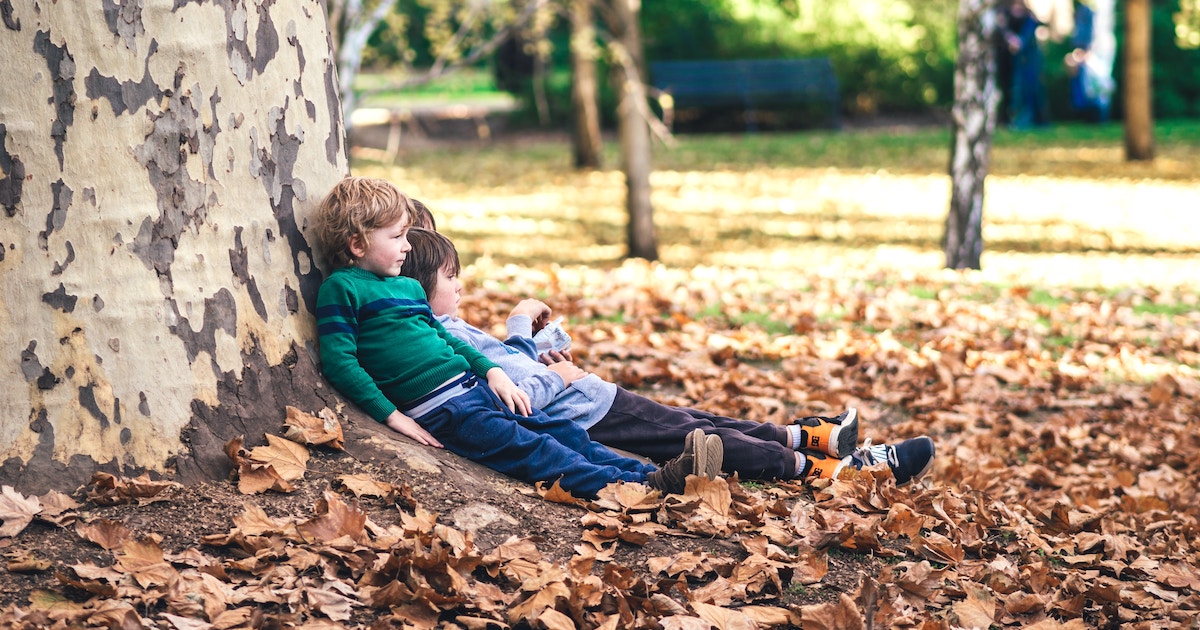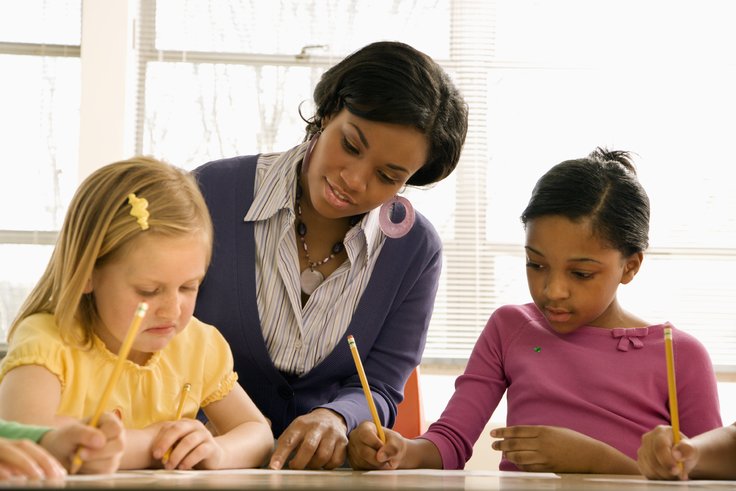
How to Become a Kindergarten Teacher 2020
Being a kindergarten teacher may look like it's all fun [...]
As the daughter of a baby boomer, not to mention a Californian, my education of the natural world took the form of long day trips to California’s national parks.
Later, when I was older, I went on a week-long “environmental education” staycation in Owens Valley. We read Robert Frost amid the cacti and watched “Chinatown” in a dusty, khaki-colored bungalow. We discussed the way that water had been funneled to Los Angeles, and how this process enabled the great, expansive city I grew up in to thrive.
This trip was powerful for me, but a single experiential learning opportunity is simply not enough.
Rather than draw a thick line between nature and society, environmental education should encourage a productive, integrative, lifelong relationship with the natural world. For K–12 teachers of humanities and social sciences subjects, a good portion of climate-change education is idea-based: Today’s students must be prepared to live in a world in which they can no longer afford to view human society as a force either external or sovereign to the world at large.
It’s worth considering how developing a pedagogical approach around something as systemic as climate change can actually help young learners connect the dots in their other studies: Science directly relates to human growth, the development of the world, and the rise of the industrial era. It explains why polar bears are in danger, why so many kids have asthma and food allergies, and why weather events are sometimes extreme. The real question about this pedagogical approach is, of course, how to implement it.
Much has been written about the power of inculcating curiosity in children at an early age. Experiential learning encourages children to ask questions of their curricula. Encouraging children to go outside and explore ignites a lifelong relationship with the natural world, and it then enables educators successfully to bring the discussion inside and dig deeply into the science of it all.
To encourage curiosity in kids, allow them to take part in the processes they’re observing. Plant, grow, and eat food for you, your family, your children, your classroom: Get children to understand the difference between food that is grown and food that is developed in a factory. Ask them why we might have one of more and less of the other in 10 years. Ask them if they care. Visit a farm — one with animals. Take them to a community or rooftop garden. Ask them to figure out why zucchini can’t grow on the moon (or can it?). Sustainable thinking is directly related to sustainable eating — and to an understanding of sustainability on a large scale.
| University and Program Name | Learn More |
|
New York University:
Master of Arts in Teaching
|
|
|
Merrimack College:
Master of Education in Teacher Education
|
Margaret Atwood, the inventive novelist/poet/Tweeter, recently published a phenomenal set of vignettes on Medium imagining life in 20, 30, and 50-and-beyond years. There’s no doubt that I will begin to see many of the effects of climate change in my lifetime, but it’s undeniable that my friends’ children and the preteens I have tutored will definitely see not only what I will have seen, but also much, much more.
While Atwood’s piece is far too dark to teach in secondary schools, the conceit of it — picturing the future; imagining the optimistic, invention-centric view (hemp clothing, the return of the electric car) and the pessimistic view (a bone-dry California, a succession of natural disasters); and describing how some countries have figured out how to meet the challenges somewhere in the middle — is easy to borrow for classroom purposes. Children should be asked to dream of creative solutions that urge us toward shared responsibility and sustainability. For example, a lesson may be found in the Salton Sea: Students can research the history of the California man-made lake, and try and figure out the cause of its shrinking, the effect the reduced size of the lake will have on the the local ecology, and what might be done to prevent it.
This freedom of thought will enable our youngest citizens to share openly and without inhibition — and to solve the most urgent problems we face. As Atwood writes, “The early lungfish didn’t develop lungs because it wanted to be a land animal, but because it wanted to remain a fish even as the dry season drew down the water around it.” The ongoing survival of our descendants may literally depend on the kind of radical thinking that these sorts of projects model.
Here’s a story for you: The tomato, a nightshade fruit/berry (it’s not a vegetable), originated in Mexico. Its propagation throughout the Americas and subsequently the rest of the world can be traced directly to Spanish colonization.
In 19th-century Oregon, a cherry farmer by the name of Henderson Lewelling planted what would become the famous, sweet Bing Cherry, named after an immigrant Chinese worker. You can track the spread of immigrant labor throughout the United States, and how crops were developed, by tracing the history of a cherry.
The contemporary debate surrounding the application of the term anthropocene offers a fairly accessible heuristic by which children can think about basic terms in the natural and social sciences, along with those of history, politics, and language. Students can question and explore why some scientists — including Paul Crutzen, who coined the term — believe the geological era started in the 18th-century, while others are not so quick to recognize the epoch.
There are hundreds of ways to teach food history, climate change, and, at the same time, political history, the rise of machines and factories, and anthropology. Drawing attention to these intersections is a great way for students to develop dynamic research projects, and it will help them with “big-picture” thinking, a skill they’ll obviously need in college and beyond.
The fear induced by watching your planet undergo a climate crisis can be paralyzing. Between hurricanes Katrina and Sandy alone, those growing up in today’s world are bearing witness to the reaction our one planet is having to decades of abuse and neglect.
It’s important not to let these realistic and shocking lessons become suffocating. Humans are creative, cooperative beings who can think up ingenious solutions to our most pressing concerns. Students can research and present on the award-winning organizations featured by the Global e-Sustainability Initiative, such as Ibu Inspirasi, a strategy to empower women in rural communities by helping them develop green technologies like solar lanterns and fuel-efficient cookstoves.
Giving children the educational tools to grapple realistically with the world they stand to inherit will produce concrete, history-driven, and impassioned ways of thinking they can use across disciplines, and throughout their educations and careers. If we, as educators, stop thinking about climate change and sustainability as a unit of study and instead conceive of it as the driving framework that informs our curriculum, we may be giving the next generation — and the one after it — a collective mechanism of thought that will facilitate meaningful change.
Questions or feedback? Email editor@noodle.com

Being a kindergarten teacher may look like it's all fun [...]

The City of San Francisco has nearly one million residents, [...]

At one low-income elementary school in Rapid City, South Dakota, [...]
Categorized as: Teaching, Education & Teaching